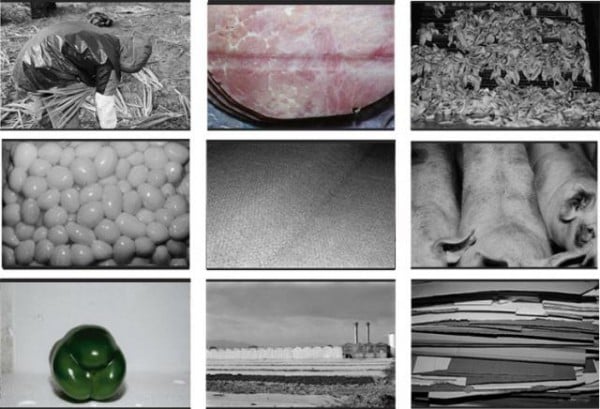Art World
Michael Schmidt, Pictet Photography Prize Winner, 1945-2014


Lydia Epp Schmidt

German photographer Michael Schmidt died on Saturday in his hometown of Berlin at the age of 68. Schmidt was awarded the 2014 Prix Pictet last Thursday, two days before his death. He was unable to accept the prize in person due to his illness.
Schmidt is best known for his stark black and white photography of the neighborhoods of West Berlin. He published eight books about Berlin, including two focused on Kreuzberg, the district in which he was born in 1945. His early life was characterized by constant change: by 20 he had moved 12 times and changed schools seven times. Schmidt began his artistic career as a painter. But in 1963, at the age of 18, he decided to join the police force, where he served for 10 years. Two years into his service he bought his first camera and began documenting the city, teaching himself photography.
In 1976 he founded the “Workshop of Photography,” which was considered by many to be the most important forum for photography in West Berlin. Schmidt’s remained steadfast in his efforts to capture the everyday of Berlin’s people and to document its ongoing history, the wounds left by World War Two and, later, the Berlin Wall. In a series from the mid-1980s, titled Ceasefire Schmidt depicted dark voids and empty spaces meant to embody trauma created by the wall, which separated him from his father and brother.
Schmidt remains considered the best portraitist of everyday reality in Berlin before reunification. He was also one of the first German photographers to have a solo exhibition at the Museum of Modern Art in 1988, showing his series, Truce (Waffenruhe) from the same year. He only started working in color with his latest series, Consumption (Lebensmittel) (2006-2010), which is on view at London’s Victoria and Albert Museum through June 14.